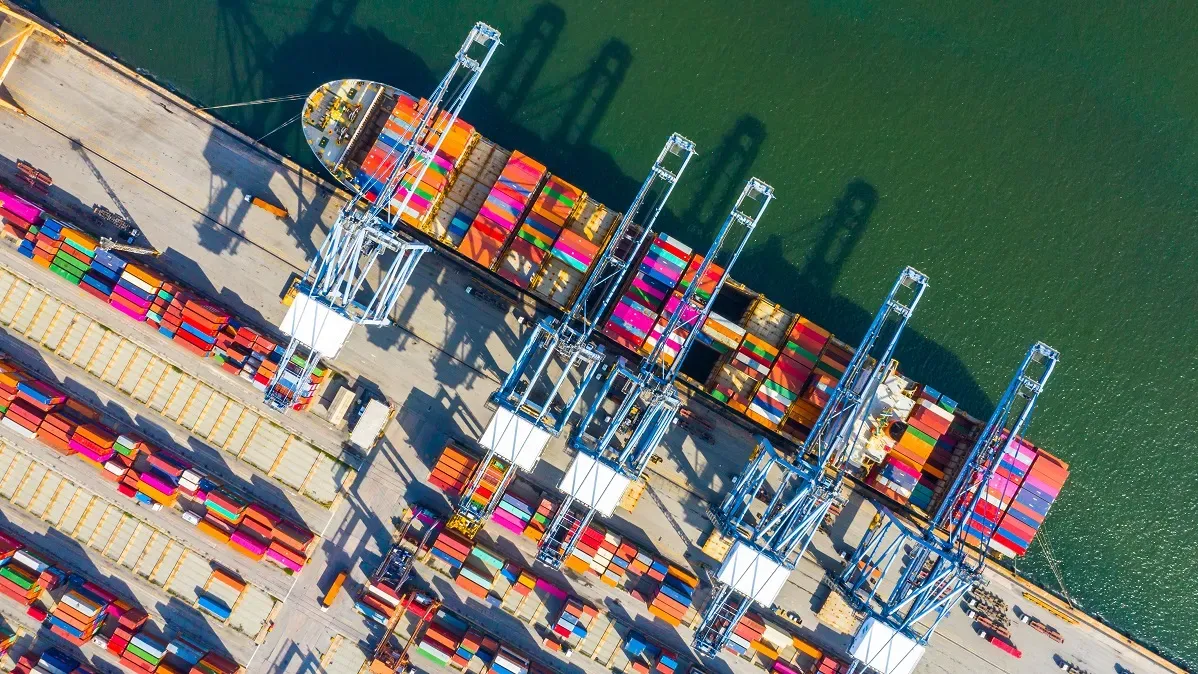
It has the highest direct exposure to US demand amongst all Asian economies studied.
Singapore may have escaped the steepest tariff hikes under US President Donald Trump’s latest trade measures, but a new assessment by UOB economists warns the city-state could still suffer disproportionately.
“Singapore is likely the most susceptible to a tariff-induced external slowdown within the ASEAN-6 economies,” wrote Associate Economist Jester Koh and Senior FX Strategist Peter Chia in UOB’s macro note.
Although the US reciprocal tariff rate on Singapore is just 10%—far below the 46% on Vietnam or 36% on Thailand—Singapore’s economic structure amplifies its vulnerability.
Over 60% of nominal GDP is tied to foreign final demand, and it has the highest direct exposure to US demand amongst all Asian economies studied.
“In terms of direct exposure to US demand expressed as a % of nominal GDP, Singapore sits at the top of the pack amongst economies in our coverage universe, with Vietnam a close second,” the report stated.
Singapore’s bilateral Free Trade Agreement with the US (USSFTA) and historical trade deficit with the US offer some insulation. But UOB noted these advantages don’t eliminate broader risks.
“Regardless, Singapore’s exports to the US are nonetheless subjected to a 10% tariff rate,” the economists wrote.
To quantify potential spillovers, UOB built a “risk metric” (0–100) that factors in domestic value-added flows and tariff exposures. The results show Singapore faces significant knock-on risks if key partners like China, the EU, India, Japan, and Taiwan slow down due to US tariffs.
“Our metric suggests that Singapore could be more vulnerable to a tariff-induced economic slowdown in China, the EU, India, Japan, Thailand, and Taiwan.”
High-frequency data points to slowing growth in Q1 2025, especially in trade-related sectors like manufacturing and transport. UOB warns its current full-year GDP forecast of 2.5% may be revised lower.
“At this juncture, we assess that the suite of announced tariff measures, if sustained, could drag Singapore’s full-year growth closer to the lower end of MTI’s official forecast range of 1.0–3.0% (i.e., close to 1%).”
On inflation, the tone has also softened. After weaker-than-expected Jan-Feb readings, the bank cut its core inflation forecast to 1.0%, citing both weaker demand and a possible oversupply.
“We pay close attention to potential deflationary risks stemming from a weaker global demand and supply glut as escalating tariffs could diminish the appeal of the US as a reliable end market.”
Currency markets reacted quickly. The S$NEER index fell about 20 basis points, prompting a statement from the MAS, which said it would ensure orderly market conditions and curb excessive volatility.
Looking ahead to the April 2025 Monetary Policy Statement, UOB expects MAS to ease monetary policy by reducing the slope of its currency band.
“We expect MAS to reduce the slope of the S$NEER policy band ‘slightly’ (i.e. to an estimated 0.5% p.a. from 1.0% p.a.)… Risks of a complete flattening of the S$NEER slope later this year has risen significantly.”
Source: Singapore Business Review
Share: